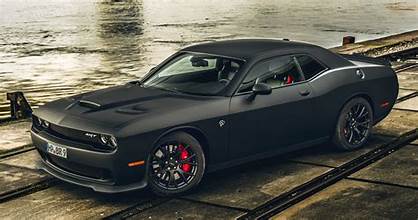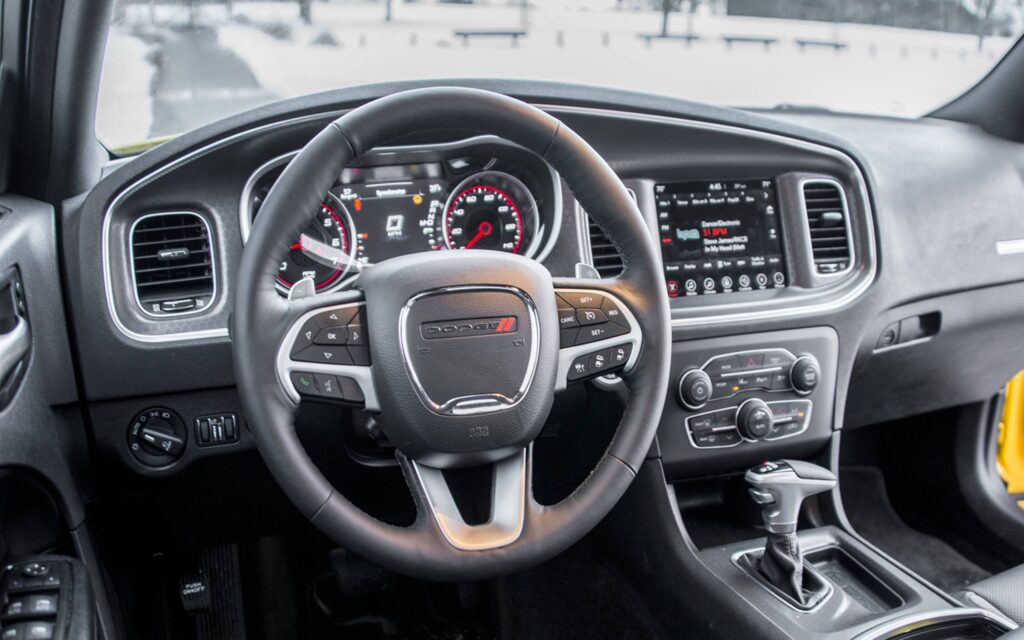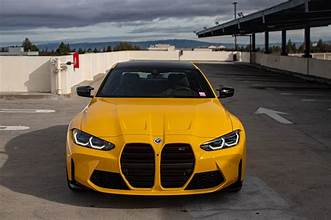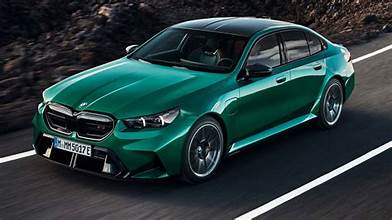The Dodge brand has long held a special place in the hearts of automotive enthusiasts. Known for producing vehicles that combine aggressive styling, powerful engines, and rugged performance, Dodge has carved out a unique identity in the global auto market. From muscle cars that roar down the highway to durable trucks built for heavy-duty tasks, Auto Dodge is more than just a name—it’s a symbol of American automotive excellence and legacy.
The Roots of Dodge: A Historical Glimpse
Dodge was founded by brothers John and Horace Dodge in 1900, originally as a supplier of parts and assemblies for Detroit-based automakers. By 1914, they had launched their first vehicle under the Dodge name, and the rest is history. The brand quickly earned a reputation for building reliable, durable cars that could stand up to the rigors of American roads. Over the years, Dodge would become a core part of Chrysler (now Stellantis), growing into one of the most recognized names in the industry.
Muscle Car Royalty
When one thinks of Dodge, the first image that often comes to mind is the classic American muscle car. The Dodge Charger and Challenger, in particular, are two models that define the muscle car era. These cars are celebrated not only for their eye-catching retro design but also for their jaw-dropping performance.
The Dodge Challenger SRT Hellcat is a prime example. With a supercharged V8 engine pumping out over 700 horsepower, it embodies raw power and performance. The Charger, offering both four-door practicality and muscle car aesthetics, balances comfort and aggression. Both models have become favorites among car enthusiasts and collectors alike, cementing Dodge’s position in the muscle car hall of fame.

Trucks That Mean Business
While muscle cars brought Dodge fame, the brand’s truck lineup brought it fortune. The Dodge Ram, which eventually evolved into a separate brand known simply as “Ram,” set the benchmark for what a full-sized pickup truck could be. Before the Ram brand spin-off in 2009, Dodge trucks were known for their bold styling, strong performance, and exceptional towing capabilities.
Today, while Ram continues the legacy of tough trucks, Dodge remains focused on performance cars and SUVs, particularly with the Durango, a mid-size SUV with serious muscle under the hood. The Durango SRT 392, for instance, is capable of towing up to 8,700 pounds—unmatched in its segment.
Innovation Meets Tradition
Dodge has managed to walk a fine line between honoring tradition and embracing innovation. While the brand proudly showcases its muscle car DNA, it also integrates modern technologies to stay competitive in today’s auto market. Features like Uconnect infotainment systems, advanced driver-assistance technology, and launch control systems bring a modern touch to Dodge’s performance vehicles.
One of the more impressive feats is how Dodge manages to offer cars with supercar-level power at relatively affordable prices. This value-for-performance ratio is what has made Dodge especially popular among younger drivers and speed lovers who want more bang for their buck.
Special Editions and Limited Releases
Part of Dodge’s charm lies in its willingness to create exciting, limited-edition versions of their most popular models. From the Demon to the Redeye, these special variants push boundaries and keep the brand relevant in the ever-competitive performance car market. The Dodge Challenger SRT Demon, for example, was the first production car able to lift its front wheels off the ground during acceleration—earning it a place in the Guinness World Records.
These limited models not only boost brand prestige but also fuel the aftermarket and enthusiast community, which is a vital part of Dodge’s identity.
Dodge in Motorsports

Racing has always been an essential element of Dodge’s brand DNA. From NASCAR to drag racing, Dodge vehicles have consistently performed on the track. Dodge’s HEMI engines are legendary in racing circles, known for their durability and power. The brand’s involvement in motorsports helps refine its vehicles while also strengthening its credibility among performance enthusiasts.
The EV Future: Dodge Goes Electric
As the automotive industry transitions toward electrification, Dodge is not standing still. The brand has announced plans to introduce all-electric muscle cars, promising to deliver the same thrilling performance without the emissions. The upcoming Dodge Charger Daytona SRT EV concept showcases how the brand is aiming to preserve its muscle car heritage in a zero-emission future. It features a simulated exhaust sound system and stunning design elements that nod to the past while pointing toward the future.
This shift is vital not just for environmental reasons but also to stay competitive as other performance brands evolve. Dodge’s EV approach focuses on maintaining the visceral driving experience even without the rumble of a V8, proving once again that innovation doesn’t mean sacrificing identity.
Brand Loyalty and Cultural Impact
Few automotive brands have the kind of passionate following that Dodge enjoys. Its vehicles are frequently featured in movies, video games, and pop culture, from the Fast & Furious franchise to popular car shows. The brand’s rugged, rebellious image resonates with drivers who see their vehicles as more than just transportation—they’re an extension of their personality.
Dodge owners and fans often form communities, attend events, and share their passion through car meets and forums. This sense of community is a testament to the emotional connection people have with the brand.
Conclusion
Auto Dodge stands as a symbol of power, freedom, and American ingenuity. Whether it’s the roar of a Challenger, the muscle of a Charger, or the versatility of a Durango, Dodge vehicles offer more than just performance—they deliver an experience. As the brand moves toward electrification while staying true to its roots, its future looks just as thrilling as its storied past.



